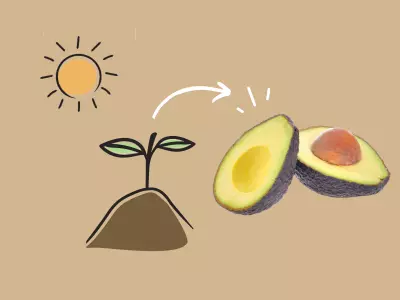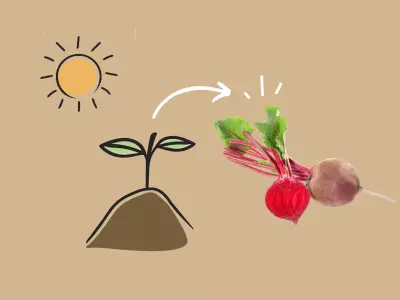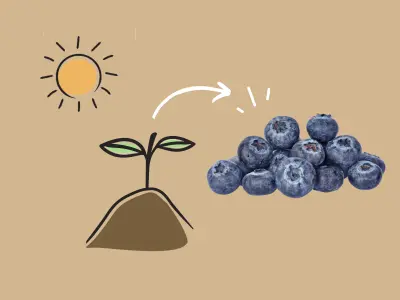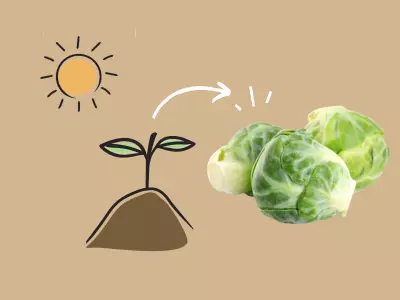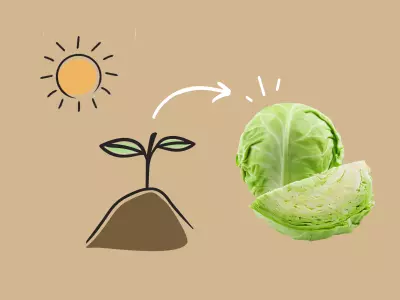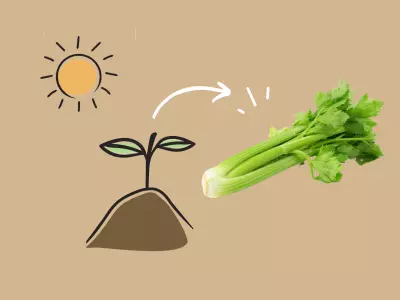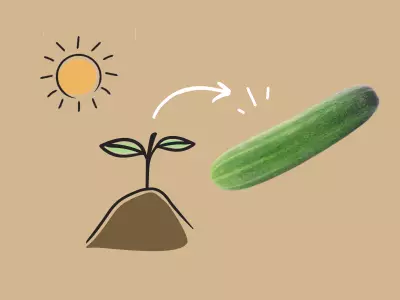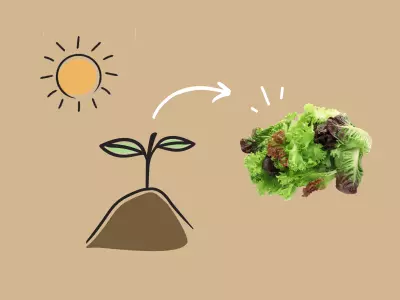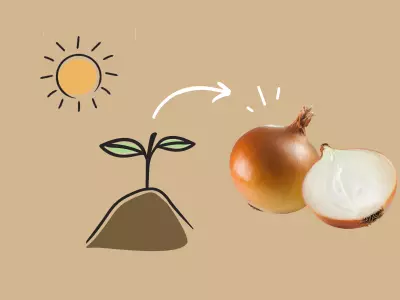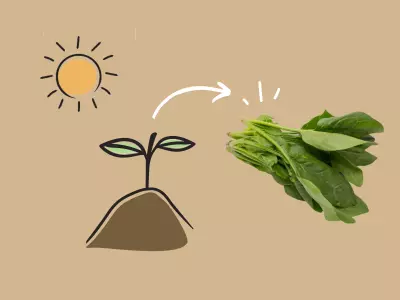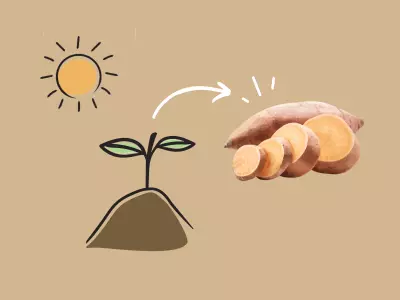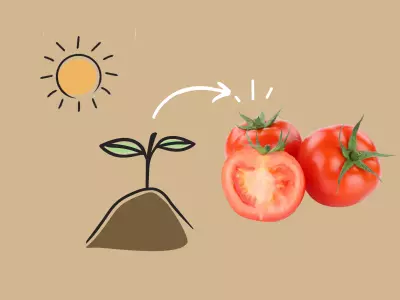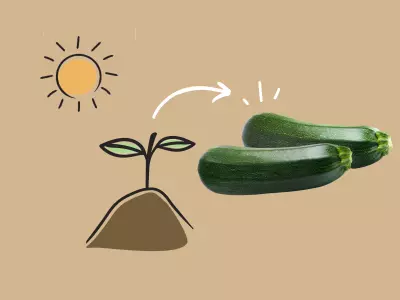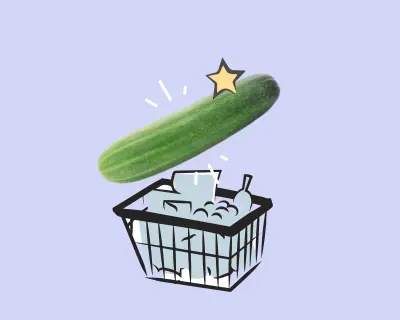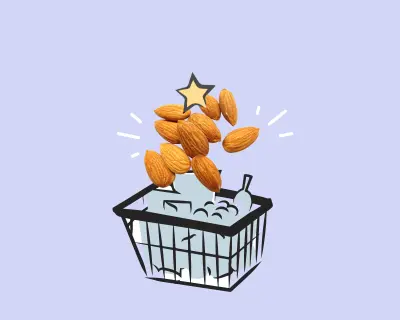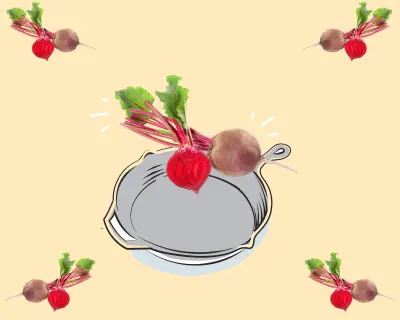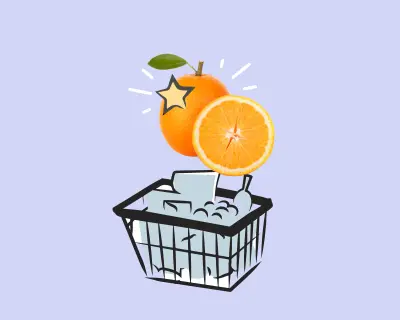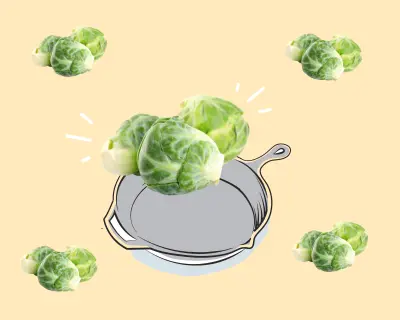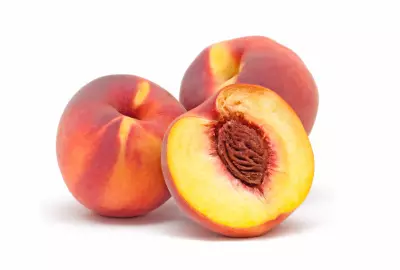
If the idea of picking peaches at their prime from your own backyard sounds “appeeling,” you’re in for a real treat!
Types of Peaches
It might surprise you to learn that there are literally thousands of cultivars of peach trees grown globally! But to simplify things, most types of peach trees are classified into one of two (sometimes three) major categories.

Clingstone: The flesh clings to the pit. These have a soft texture, high sugar content, are juicy, and are great for canning. The first peaches of the season are typically clingstone, with peaches becoming less “clingy” as the season progresses. Examples: Red Beauty, Santa Rosa.
Freestone: The pit separates easily from the flesh. These are firmer, less juicy, have a lower sugar content and are ideal for fresh eating or baking. By the middle of the peach season, most peaches are freestone. Examples: Elegant Lady, O’Henry, Red Top, Elberta.
Semi-Freestone: A hybrid of the two—juicy and sweet, with flesh that doesn’t cling. Examples: Babcock, Redhaven.
Peaches come in two main flesh colors – white or yellow. Both are found in clingstone and freestone varieties. White-fleshed peaches tend to be sweeter with low acidity, while yellow-fleshed ones are more common and have a ‘tartness’ to their flavor. Overall, the biggest difference across peach varieties is the sweet to tart ratio – some varieties are so sweet, it’s like you’re eating candy while others have a blend of tangy mixed in with the sweet. All are delicious!
Today, peach breeding favors cultivars with more firmness, red color, and shorter fuzz on the fruit surface to make shipping easier and improve eye appeal. Since peach trees are harvested in a 7-to-10-day window, most orchards tend to grow a mix of different varieties that ripen at different times to ensure a continual supply all season long which gives you the opportunity to find your favorites – I’m thinking taste-test!
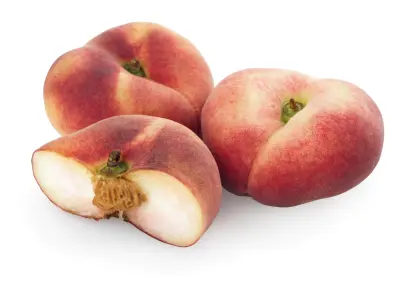
If you’re hankering for a unique-looking peach to wow your friends, try a flat peach, which is also known as a doughnut peach or Saturn peach. As the name implies, this variety has a flattened, as opposed to spherical, shape. They are low in acid and high in sugar, have yellow and red skin, less fuzz, and are traditionally white fleshed and freestone (though new varieties are now available). These peaches aren’t genetically modified but are descendants from a flat peach variety native to China (wild pan tao). While they may be more expensive, their peculiar shape is definitely intriguing.
Nectarines: What’s the Difference from Peaches?
If you were to take an informal poll, most people asked would classify nectarines and peaches as different fruits. However, nectarines actually belong to the same species as peaches and are almost identical genetically. The only difference is that peaches carry a dominant allele that gives them their characteristic soft fuzz, while nectarines, carrying the recessive allele, have smooth skin. The common misconception that nectarines are a cross between a peach and a plum is not true!
Just like peaches, nectarines can have white or yellow flesh and both freestone and clingstone varieties are available. In general, compared to peaches nectarines are slightly smaller and sweeter, and bruise more easily due to their smooth skin.
There is even such thing as a peacherine! This is a cross between a peach and a nectarine. The fruit is large and brightly colored like a red-skinned peach, with minimal fuzz and a sweet flavor.
After all that, I bet you just can’t wait for peach season to arrive. The best part about trying different varieties is that they all have their own unique flavour and nutrition profile!
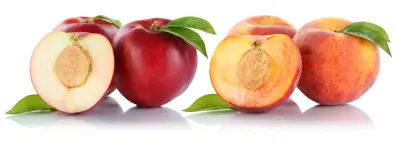
Getting Started
The most important first step is choosing a peach variety that suits your USDA hardiness zone. While growing peach trees is possible in Zones 4 to 9, they thrive best in Zones 6 to 8. To find out what zone you are in, check here. Peaches grow well in dry, continental, or temperate regions—not tropical or subtropical climates since the trees have a chilling requirement. This means they need a certain number of chill hours (typically between 32°F and 50°F / 0–10°C) during dormancy to produce fruit the next year. During this time, key chemical reactions occur, even though the plant appears dormant. If your climate doesn’t supply enough chill hours, fruit production may be poor.
Peach trees can tolerate temperatures to around −15 °F (−26 °C), although the following season’s flower buds are killed at temperatures between 5 and −13 °F (−15 and −25 °C), preventing a crop that summer. Trees flower fairly early and blossoms are damaged or killed if temperatures drop below about 25 °F (−4 °C).
For best results, start with a bare-root tree or grafted tree that’s about a year old, ideally purchased from a reputable nursery. Plant in late winter or early spring, after the last frost, once the ground has thawed and is no longer water-logged. Trees should be planted the same day they are purchased or within a few days, if purchased potted.
Where Best to Plant
Peach trees need a sunny location with full sun exposure (6–8 hours daily), especially in the morning to dry off dew. Good air circulation helps prevent disease, and well-drained soil is key. In order to fully mature, peaches like it hot, between 68 and 86 °F (20 and 30 °C)! Ideal soil pH is between 6.0 and 6.5, in moderately fertile, well-drained, loamy soil (sandy or clay loam is best). Avoid planting in low-lying areas that may collect cold air or stay soggy. Apply a 2-inch ring of mulch around the base of your new tree (but not against the trunk) to help conserve soil moisture.
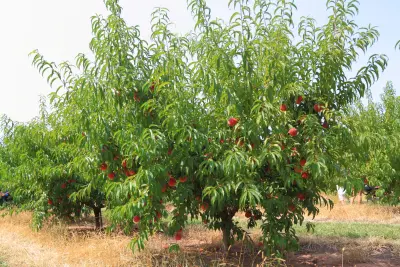
When planting peach trees, dig a hole a few inches wider and deeper than the root ball. Gently spread the root system away from the trunk. If it’s a grafted tree, keep the rootstock union about 1 inch (2.5 cm) above the soil line. If planting multiple trees, space 15 to 20 feet (4.5 to 6 m) apart, though multiple trees are not required for fruit production. Thoroughly water the newly planted sapling. Dwarf peach tree varieties, like Pix-Zee and Honey Babe, can be grown in large containers and reach only about 6 feet tall.
Fertilize 6 weeks after planting, using a balanced fertilizer, placed in a circle at least 18 inches away from the trunk to encourage the roots to spread outwards. In following years, fertilize in early spring and again in early summer with a nitrogen-rich formula to support strong fruit growing. Annually, peach trees require about 36 inches (90 cm) of water. If the weather isn’t cooperating, make sure to supplement as needed.
Thin developing fruit 4–6 weeks after blooming. Aim for one peach every 6–8 inches to produce the largest fruits and prevent small fruit from crowding the branches. Annual proper pruning is important as fruit grows on second-year wood. Pruning is typically done in late winter, just before spring bloom. Overall, your aim is to establish an open center canopy so that sunlight can reach all of the fruit, even the ones at the center of the tree. Start by removing broken, dead or dying branches, as well as any that cross. Keep branches that grew the year before, which should be about as thick as a pencil and no more than 18 inches (45 cm) long.
Pests & Diseases
Peach trees are vulnerable to a number of common problems. Pests affecting peach trees include aphids, peach-tree borers, Japanese beetles, and leafhoppers. Diseases include brown rot, peach leaf curl, mosaic viruses and powdery mildew.
To help prevent diseases caused by fungus, be sure to remove all fruit at the end of the season and any leaves etc. from the ground around the tree.
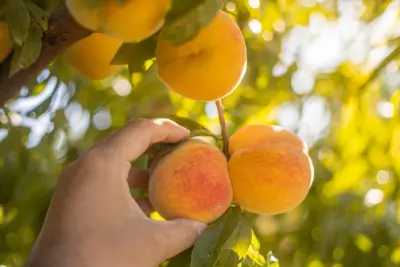
Harvest Time
Typically, peach trees begin to bear fruit in their third year. Most mature peach trees live and produce for 7–15 years.
You’ll know it’s the best time to harvest when peaches come off the branch easily with a gentle twist and have a fragrant, slightly soft feel. Fruit at the top and outer edges of the tree ripens first. Peaches don’t ripen much after picking, so wait until they’re ready! Pick all fruit by season’s end to avoid pest and disease buildup.
Growing from a Peach Pit
You can also try growing peaches from the pit – a fun experiment for kids and adults alike (especially us science-nerds) as long as you are OK waiting a few years to reap the “fruits” of your labour!
To germinate:
- Clean the pit (after eating the peach, of course), carefully crack it open and remove the almond shaped kernel inside the big pit (alternatively, you can plant the entire pit but it will take longer to germinate).
- Place the kernel in a sealed plastic bag with slightly moist potting soil and refrigerate for 2 to 3 months. Stratification mimics winter temperatures to break seed dormancy and help increase germination rates.
- Once the roots are at least half an inch long, you can remove from the refrigerator and plant the seedling in a pot, keeping it in a sunny location.
- Water to ensure the soil is moist. Then, move the plant outside in early spring. Your home garden peach tree may eventually bare fruit, but it will be different than that which you originally enjoyed to obtain the starting pit!
Note: Trees grown this way may not resemble the parent plant and can take several years to bear fruit—but it’s a fun way to see what “peachy surprise” nature has in store!
If the thought of growing and caring for your very own peach tree is overwhelming but you still ‘relish’ the idea of eating peaches picked fresh from the tree, look for a local orchard in your area offering pick-your-own peaches. It’s a great way to support local farms, spend time outdoors, and stock up on fresh peaches for pies, jams—or your next summer cobbler.
Grow Your Own Garden
If you’re looking for help on how to grow other foods check out these posts!




